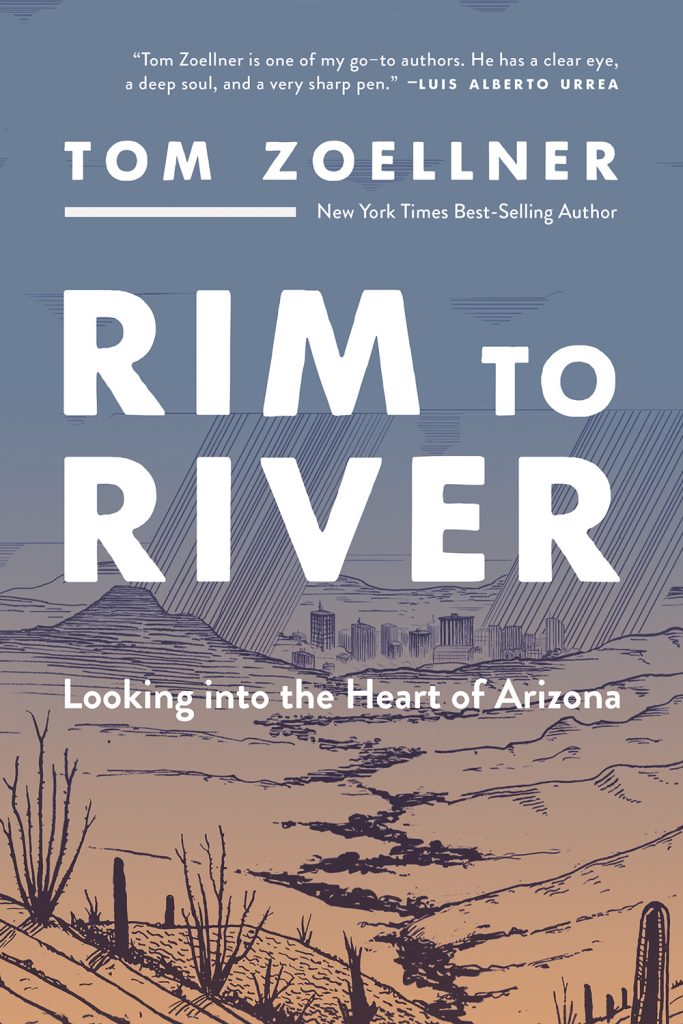 Tom Zoellner walked across the length of Arizona to come to terms with his home state. But the trip revealed more mountains behind the mountains.
Tom Zoellner walked across the length of Arizona to come to terms with his home state. But the trip revealed more mountains behind the mountains.
“Tom Zoellner has the legs of Muir, the heart of Steinbeck, the eyes of Didion, the pen of Caro, and the scope of Gibbons as he takes readers beyond the stereotypes of a state too often cast as just one big, bad waste of desert. Masterful must-read.”—Gustavo Arellano, author of Orange County: A Personal History and Taco USA: How Mexican Food Conquered America
Order from Bookshop.org.
The historian Thomas Sheridan wrote this passage about these mountains that has always haunted me. “If you hike into the Mazatzals, you pass jagged outcrops of rocks that are two billion years old. These rocks were Arizona before Arizona had a name and they will be Arizona long after the name has disappeared. All of us – Paleolithic mammoth hunters, Hohokam famers, Mexican ranchers, Anglo American dam builders, and city dwellers – are light dust on those rocks. The land should make us humble but it rarely does.”
The trail winds through meadows, over a ridge, down the service road for a humming power line, then up and over a vicious malpais littered with sharp volcanic rocks. I filled up bottles at Whiterock Spring, went past the LF Ranch with its bunkhouse, and then up and over northern edge through the steep drainage of Bullfrog Canyon, littered with yellow wildflowers. Sweat tumbles out from me relentlessly and helplessly, and I stop to chug down an entire liter without stopping.
This walk has forever changed my relationship with water; I now understand it as a substance like gasoline or motor oil, and I am acutely conscious of how close I am to death should I ever run out. As the shadows descend and the burning sky begins to cool, the limestone cairns on the faint trail begin to look like scattered bones, and I spot a hole that looks like a lunar crater. Up on a ridge, I can perceive the lemony glow of metropolitan Phoenix to the southwest. Perhaps it was the exertion of the day, or perhaps it is feeling reasonably secure with water for the first time in a while, but I experience a moment of peace, almost to the point of intoxication, which I hadn’t felt in some time.
All of what surrounded me – the stars, the moon, the weeds, the bugs, the mountains, the shine of the unseen city – felt connected in a giant design whose scaffolding lay all around but could not be physically perceived. The separation of all the world’s parts, what the classic Chinese poem Tao Te Ching calls “the ten thousand things,” can seem like the greatest of delusions in certain moments of ecstasy. And then just as quickly, you are out of it. The feeling of unification does not last.

Tom Zoellner is the New York Times bestselling author of nine nonfiction books, including Uranium Train and The Heartless Stone. He teaches at Chapman University and Dartmouth College. A former reporter for the San Francisco Chronicle, he is the editor-at-large at the Los Angeles Review of Books.



